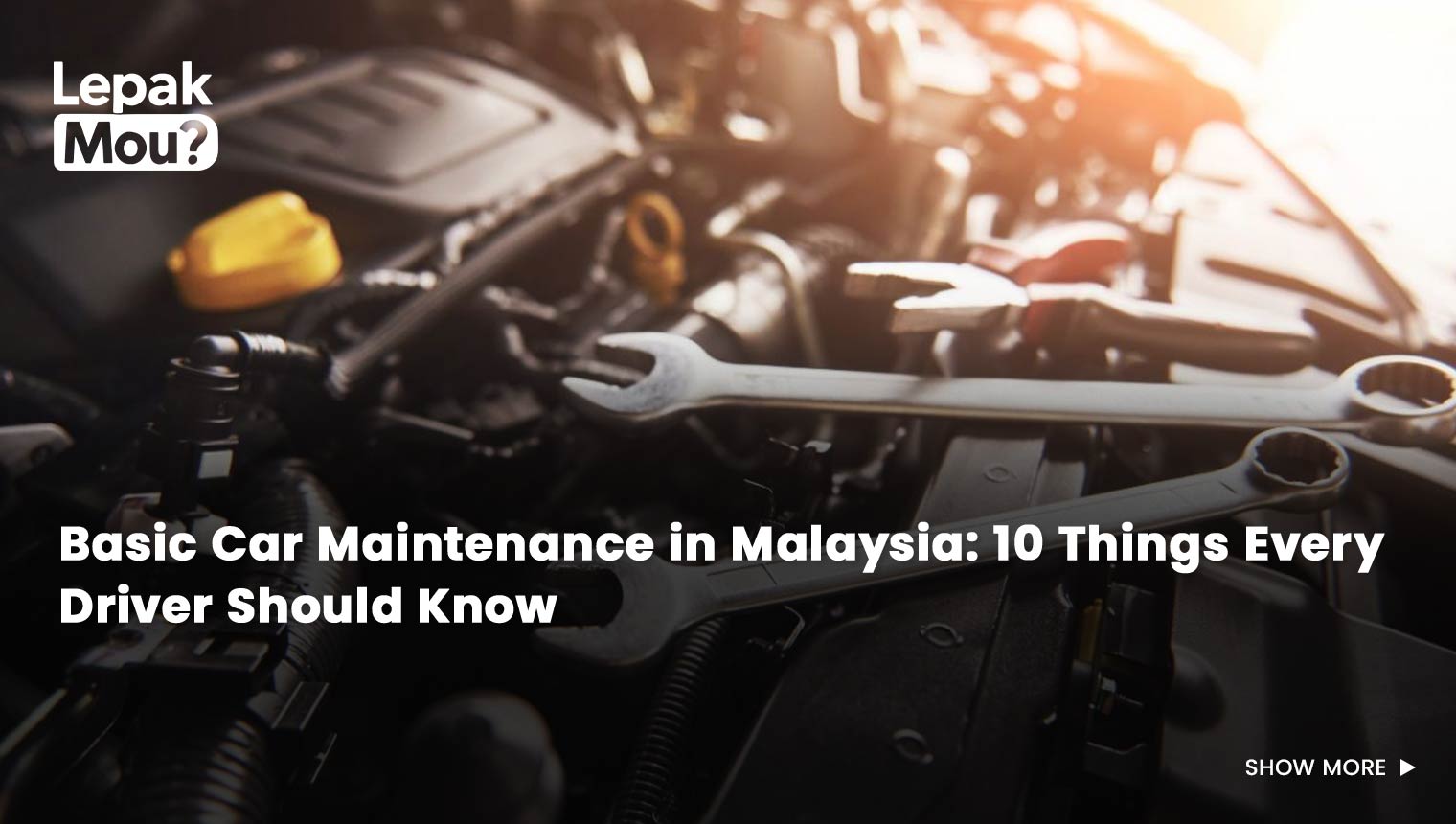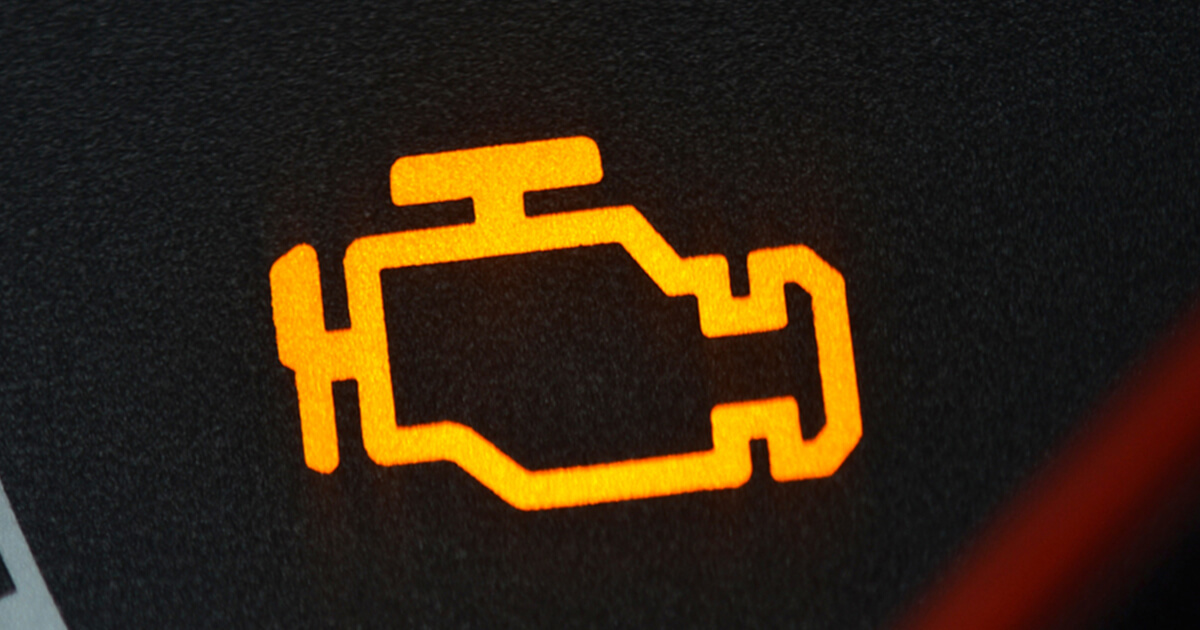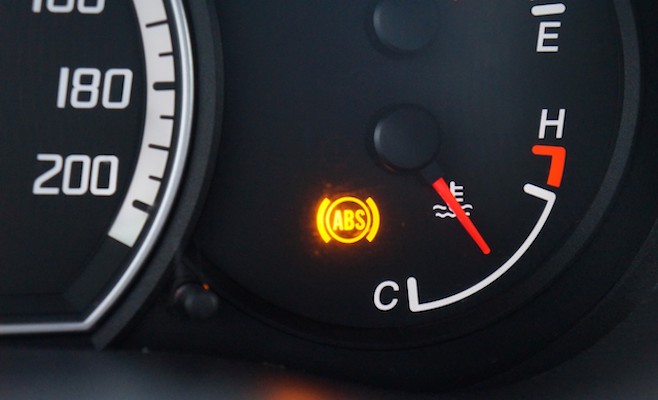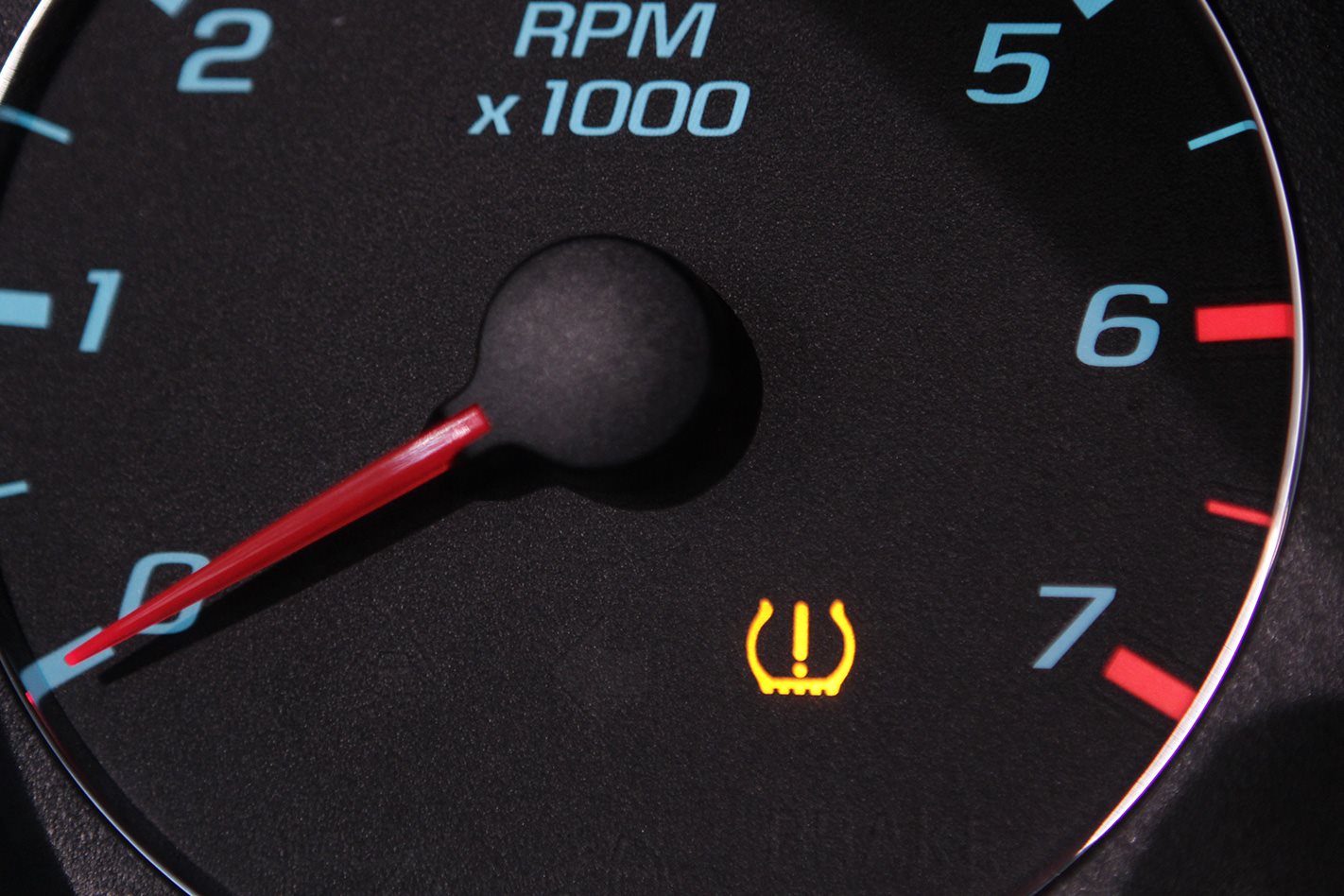Car Maintenance Tips in Malaysia: A Self-Repair Guide for Cars

Every driver should know about basic car maintenance or car repair tricks in case you are going to be in long traffic such as going home for Hari Raya or other occassions. Life in Malaysia with a car does not only mean pumping petrol and driving. Generally, the better a car is maintained, the less often it will break down and the fewer repairs it will require. Thus, this further brings the costs of repairs down. Close to 5,000 people lost their lives due to Malaysian road accidents. Hence, every little bit of care counts.
Below are 10 simple tips for car maintenance in Malaysia, especially for car drivers in Malaysia. I personally adopt reliable manufacturer advice, JPJ updates, and local motoring guides. It saves you time and effort, plus it’s fast and easy.
1. Check Engine Oil Regularly
Why: It is what keeps moving parts lubricated and cools and prevents wear.
How: Park on a flat surface, remove the dipstick, clean it, and replace it before pulling it out again. Oil colour should have MIN and MAX levels and should have an amber but not black hue.
When to change: Most cars today have an oil-change interval of between 5,000 and 10,000 km, but check your owner’s manual.
Read this guide on: Quick and Simple Ways to Find Out What Engine Your Car Has
2. Check the Tyre Pressure and Condition
Check the pressure: Note the factory figures on sticker on the inside of the driver’s door or in the manual.
Why: Under-inflated tyres cost you money and reduce your control while driving. Rotate the tyres every 10,000 km to have similar wear.
When to change: In Malaysia, one is by law allowed to keep a tread depth of 1.6 mm as legal minimum; anything less is unsafe and illegal. Reconsider changing before 3 mm in heavy rains because grips increase with higher tread depths.
3. Battery Inspection
Life Span: Car batteries last in Malaysia for about 1-3 years because of the weather and usage and quality of battery.
All symptoms of a weak battery: Engine cranks slowly, dim lights, or a clicking sound when starting. Clean terminals, and do not leave any electronics on with engine off.
Read this guide on: How to Properly Jump-Start Your Car: 3 Different Methods in Different Situations.
4. Replace Wiper Blades Where Applicable
While visibility plays a major part in avoiding accidents in the heavy rains of tropical Malaysia, it easily becomes the first line of defense for any driver. Wiper blades are often amongst the last, yet some of the cheapest and most necessary safety features of any car.
Why: Old wipers leave streaks, reducing your vision, and suddenly you are in the middle of a heavy downpour on the highway; this is even scarier. A good wiper should clear the windshield in just seconds of starting the rain.
When to check: Wipers should normally be changed after 6-12 months, but hot climates will quickly make old rubbers hard and cracked. Streaking, squeaking noises, and a scuffing sound as the blades move across the glass all mean it’s time for a change.
5. Brake Pads and Brake Fluid Examination
When To Check: At every service interval or every 5000-10,000 kilometers, or immediately if any problems have been noticed.
Signs to check the brakes: Squeaking (wear), grinding (urgent), pulling to one side, soft pedal, and the brake warning light.
That’s what incompetent drivers will cause. Under stop-and-go traffic variations, pads can be worn out much quicker; some drivers need to replace pads roughly every 20,000 km.
The left or right drift when braking: Stop your car now, look at tyre pressures, and check the brakes.
6. Keep an Eye on Coolant Levels
If overheating happens when the engine runs hot in Malaysia, it could be dangerous. Hence, the importance of checking the coolant: it keeps the engine’s temperature in check, prevents rusty radiator conditions, and keeps the engine running well.
Why: Coolant works to keep the cool in hostile hot weather.
Where to check: Pop the bonnet, and by the radiator, you can see the translucent reservoir tank. There are markings on the side of that tank showing MIN and MAX; your coolant level should ideally be somewhere in between.
7. Follow Manufacturer Service Hours
What it means to you is that service intervals are the timings given by the manufacturer for inspection and replacements.
Oil and filter: 5,000-10,000 km; basic checks + tyre rotation at 20,000 km; spark plugs and fluids at more frequent intervals.
Trust: Authorized service centers for warranty work or a good independent workshop for minor checks.
8. Change Air Filter
Cabin filter: For filtering air through your air conditioner-internal space excluding dust, pollen, and moisture particles. When your air conditioner is weakened with clogged filter, the inside of your vehicle may end up smelling musty.
Engine filter: It helps with taking dirt and other debris away from coming into your car engine; thus, the engine combustor has smooth combustion and burns more efficiently with fuel. If it is dirty, then your car probably goes slower and consumes more petrol. Both filters should be changed every 15,000-20,000 km, or otherwise sooner if you have been on a very dusty road.
9. Wash and Wax Your Car
Your paint could be slowly being sorely discolored by dust, mud, road grime, bird droppings, and sap from trees. All of these things are acidic enough not to leave any permanent marks on your car unless removed immediately. Washing the car will help keep the paint in a workable condition and prevent rusting, especially in rainy and humid weather like in Malaysia.
10. Learn to Read Your Dashboard Warning Lights
When one of my friends first saw the “engine check” light blinking, he thought it was just a reminder for service. He kept driving for weeks until his car broke down on the Federal Highway and that repairing bill was painful. Your dashboard lights are your car’s way of talking to you, ignoring them is like ignoring a doctor’s warning.

Engine Check Light: If this turns on, it usually means there’s a serious mechanical or emissions issue. Sometimes it’s minor, but sometimes it’s the start of engine trouble. So, always get it checked quickly before getting into any big or serious problem.

Oil Pressure Light: This is one of most critical warning for your car. It means your oil is low or the pump isn’t working properly. So, if you still keep on driving with this light on, it can destroy your engine within minutes.

ABS Light: This means you have problem with your Anti-lock Braking System. In this case, you might still be able to brake, but your car won’t handle emergency stops safely on wet Malaysian roads.

Tyre Pressure Light: This signifies that when one or more tyres are low on air or have a puncture. As in heavy rain, driving with underinflated tyres can double your chances of skidding.
Trust me, you will regret ignoring them sooner or later.
Conclusion
Many drivers think car maintenance in Malaysia is hard or expensive. Simple car care tips such as checking one’s oil, tyres, brakes and fluids can mean lower chances of sudden breakdowns and smooth operation of the vehicle.
Just a little time spent on these basic checks each month can save on repairs that could run into the hundreds or thousands of dollars. More importantly, it gives one confidence and peace of mind each time the engine is started. Even if you are just learning to drive, these little steps are enough to call you a responsible and smart car owner.
